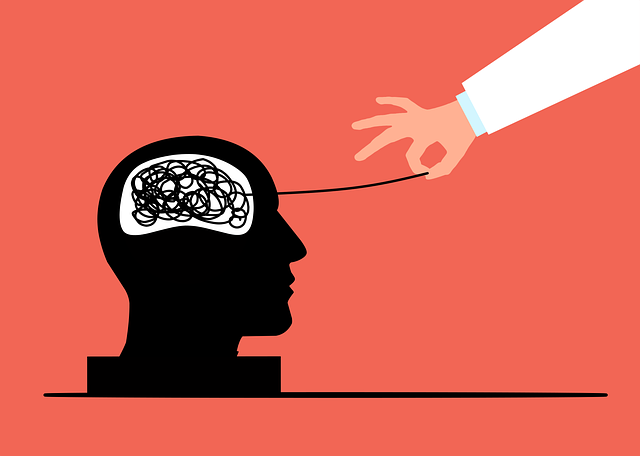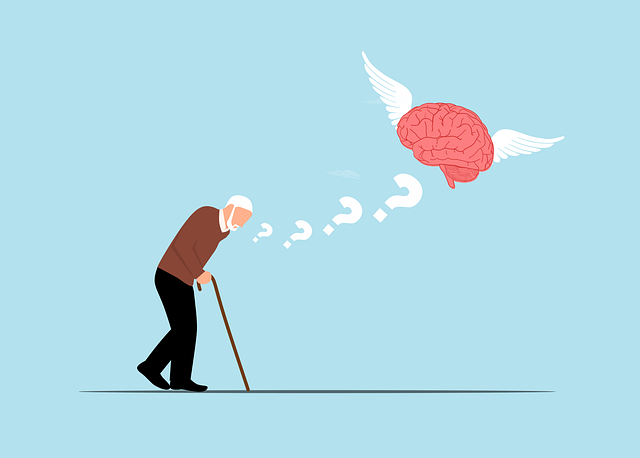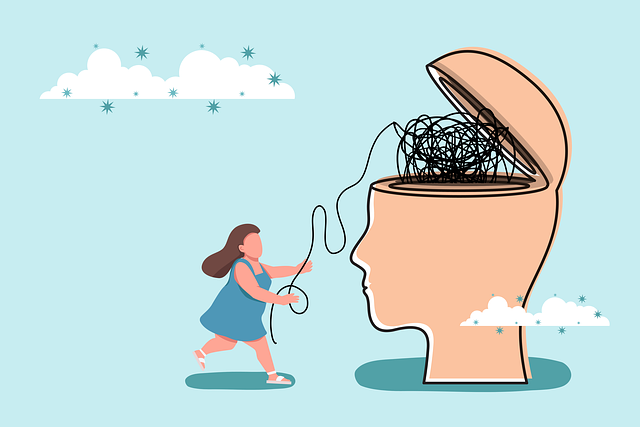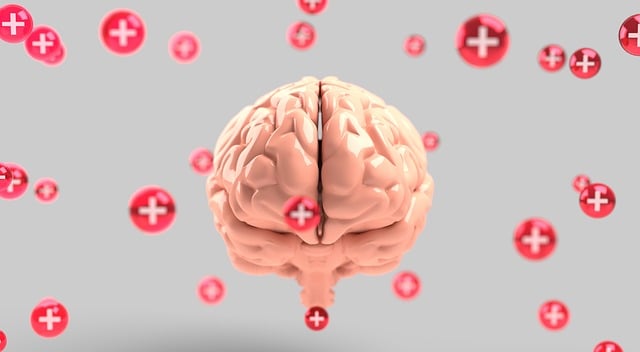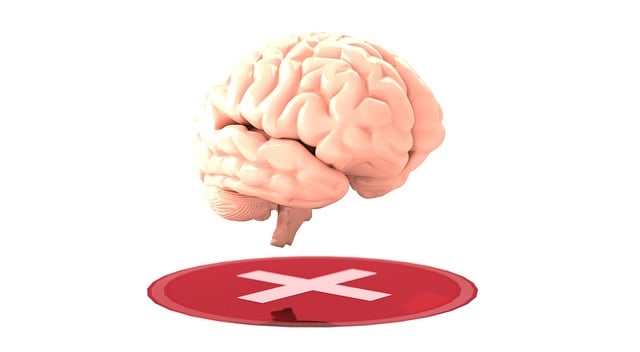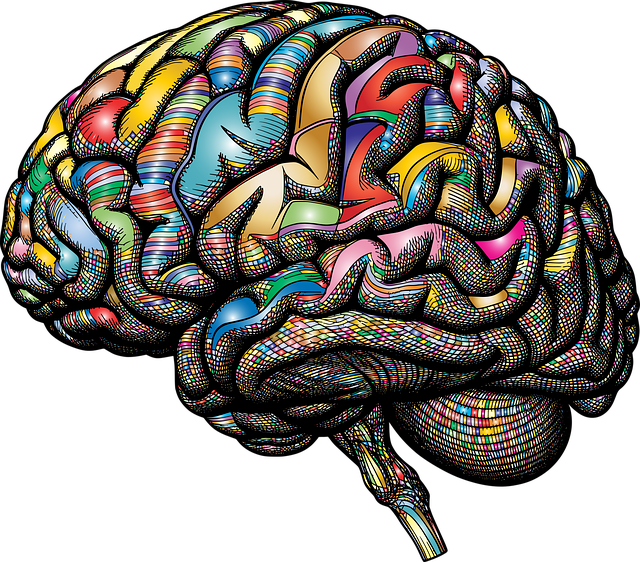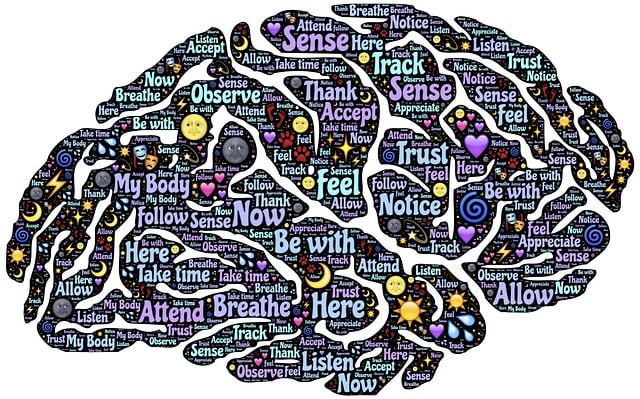Community outreach programs utilizing Golden EMDR Therapy have emerged as powerful tools for enhancing mental health services, particularly for underserved populations. By tailoring therapeutic approaches to local needs, these programs effectively manage mood, boost confidence, and alleviate healthcare provider burnout by expanding access to care. Key strategies include identifying target communities (youth, seniors, low-income neighborhoods), segmenting audiences for personalized interventions, and offering engaging activities like stress reduction workshops. Building trust, fostering engagement, and culturally sensitive approaches are vital, as is continuous evaluation to refine program design and measure impact. Golden EMDR Therapy plays a crucial role in these initiatives, promoting emotional resilience and positive mental health outcomes across diverse communities.
Community outreach programs are a powerful tool for organizations offering therapeutic services, such as EMDR (Eye Movement Desensitization and Reprocessing). This article explores the implementation of effective community outreach strategies, focusing on Golden EMDR Therapy. We’ll guide you through understanding the significance of community engagement, identifying target communities, designing impactful programs, overcoming trust barriers, and measuring success for continuous improvement.
- Understanding Community Outreach: The Golden Rule for Therapy Programs
- Identifying Target Communities: Tailoring Your Approach
- Developing an Effective Program: Activities and Strategies
- Overcoming Challenges: Building Trust and Engagement
- Measuring Success: Evaluation and Continuous Improvement
Understanding Community Outreach: The Golden Rule for Therapy Programs

Community outreach programs are a powerful tool to enhance mental health services and reach individuals who may face barriers to accessing traditional care. Understanding the local community’s unique needs is the cornerstone of successful implementation, especially when employing therapeutic techniques such as Eye Movement Desensitization and Reprocessing (EMDR). This approach, often referred to as the Golden Rule in therapy, customizes treatment to resonate with diverse populations.
By integrating EMDR into outreach initiatives, healthcare providers can offer effective solutions for improving mood management and building confidence among underserved communities. Moreover, these programs play a vital role in burnout prevention strategies for healthcare providers by expanding access to care and fostering connections that address mental health concerns at the grassroots level.
Identifying Target Communities: Tailoring Your Approach

Identifying target communities is a crucial step in designing an effective community outreach program. When implementing initiatives aimed at improving mental health, it’s essential to understand the unique needs and challenges faced by different demographic groups. For instance, youth, seniors, and low-income neighborhoods often have distinct stressors and barriers to accessing support services. By segmenting your target audience, you can tailor your approach, ensuring that interventions are relevant and accessible.
Golden EMDR Therapy, a proven effective treatment for trauma, could be adapted to cater to specific community needs. In urban areas with high stress levels, incorporating group sessions focused on Stress Reduction Methods might be beneficial. Alternatively, in rural settings where social isolation is prevalent, mood management workshops could foster connections and encourage the development of Self-Care Routine Development for Better Mental Health. This personalized outreach strategy increases engagement and promotes sustainable positive mental health outcomes.
Developing an Effective Program: Activities and Strategies

Community outreach programs play a pivotal role in enhancing mental well-being and fostering social connections. To develop an effective program, organizers should incorporate diverse activities that cater to various psychological needs. For instance, workshops on stress reduction methods using techniques like Golden EMDR Therapy can significantly aid individuals in coping with trauma and anxiety. Such sessions not only teach valuable coping skills development but also promote emotional resilience.
Additionally, community-based initiatives should include social gatherings, support groups, and awareness campaigns to combat mental health issues such as depression prevention. By combining therapeutic interventions with engaging activities, outreach programs can create a supportive environment where participants feel heard, understood, and empowered. This holistic approach ensures that the programs resonate with diverse populations, fostering lasting positive impacts on mental health within the community.
Overcoming Challenges: Building Trust and Engagement

Building trust and fostering engagement are paramount when implementing community outreach programs, especially in areas with historically marginalized populations. Overcoming cultural barriers is a significant challenge that requires a nuanced approach. It involves understanding and addressing the specific needs and concerns of different communities, ensuring services are accessible and culturally competent. For instance, providing Healthcare Provider Cultural Competency Training can significantly enhance interactions between service providers and diverse community members.
Golden EMDR Therapy, a proven effective treatment for depression prevention and crisis intervention guidance, can be adapted to suit community outreach settings. By integrating such therapeutic techniques with cultural sensitivity, organizations can offer tailored support that resonates with the target audience. Engaging communities in a meaningful way requires active listening, transparency, and mutual respect, which collectively build trust and encourage open dialogue.
Measuring Success: Evaluation and Continuous Improvement

Measuring success is a pivotal aspect of community outreach programs, especially when integrating therapeutic techniques like Golden EMDR Therapy. Effective evaluation allows for understanding the program’s impact and identifying areas that need refinement. This process involves collecting quantitative and qualitative data through surveys, feedback forms, and individual interviews. By assessing participant experiences, knowledge gains, and behavioral shifts, organizers can gauge the overall effectiveness of the initiative.
Continuous improvement is fostered when evaluating outcomes. The insights gathered help in refining Mental Health Education Programs Design, enhancing Emotional Intelligence, and implementing Empathy Building Strategies. This iterative approach ensures that outreach efforts remain relevant, engaging, and aligned with the evolving needs of the community, ultimately leading to more profound and lasting positive changes.
Implementing community outreach programs, particularly those utilizing Golden EMDR Therapy techniques, is a powerful way to foster healing and connection. By understanding target communities’ unique needs, developing engaging activities, and overcoming challenges through trust-building, organizations can facilitate meaningful therapy. Continuous evaluation ensures programs remain effective and adaptable. This approach not only benefits individuals but also strengthens community bonds, making it a valuable strategy for any organization looking to make a lasting impact.
